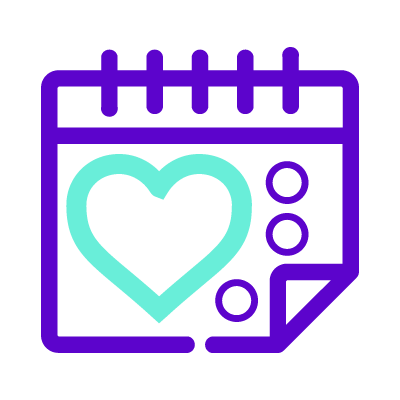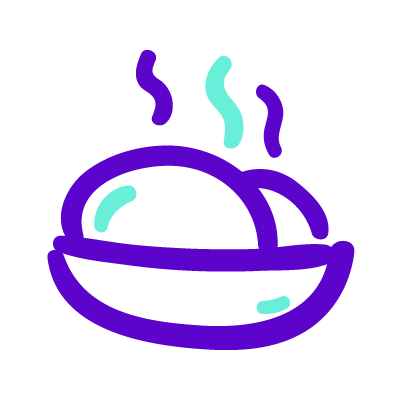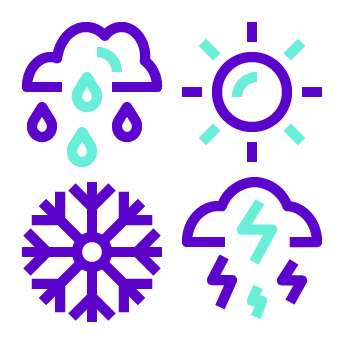+966 541595303
adventures@travaganza.co
A land of remarkable diversity – from ancient traditions and artistic heritage to magnificent landscapes and culinary creations – India will ignite your curiosity, shake your senses and warm your soul.
India is often said, is not a country, but a continent. Stretching from the frozen summits of the Himalayas to the sun-washed beaches of the southern coast, India’s dramatic terrain is breathtaking.







Yes. India offers an electronic tourist visa on arrival (TVoA). Applicants of the eligible countries may apply online a minimum of four days in advance of the date of arrival with a window of 30 days. Nationalities that are eligible to E-visa includes Saudi Arabia, USA, UK, Canada, UAE, Qatar.
The standard voltage of electricity in Nepal is 230 V and the frequency is 50 Hz. The power plugs and sockets used in India are of type C, D and M.
Tap water in India is not adequate for drinking. We recommend to drink from bottled water, other options can be boiled water or purified water by adding purification tablets. When buying bottled water make sure to check the seal because some manipulative shopkeepers may refill the bottle with tap water and re-seal it.
Generally speaking, India is mostly safe for tourists. While many national governments provides a regularly updated advice on safety issues involved with international travel. We recommend that you check your government’s advice for their latest travel information before departure.
You will find a lot of people ready to help foreigners especially at major tourist destinations. Intense crime isn’t common in this country, at least not with foreign tourists. Pickpockets and bag snatchers can be found in crowded places such as bus depot or train stations, we strongly recommend to leave your valuable jewellery at home – you won’t need it while travelling. A lock is recommended for securing your luggage.
Please use your own good judgment when selecting an activity in your free time. It is our recommendation to stay in small groups and to take taxis to and from restaurants, or during night time excursions
ATMs are widely available throughout India and their accessibility has been expanding gradually even in rural areas. There are numerous ATM kiosks in major cities that have regularly working machines and accepts majority of the international cards. Credit cards are generally accepted in tourist shops and some restaurants. Smaller venues take cash only.
If you plan to rely on cash, please bring foreign currency (Euro, Pound, USD) while the easiest foreign currency to exchange for local currency is $US. However please note that mostly any US notes that are older than year 2006 may not be accepted. Money exchange bureaus usually offer the best exchange rates, and larger bills like $50, $100 gets better exchange rate.
Tipping isn’t compulsory in India, but it’s considered polite to leave service workers in restaurants and cafes a 10% tip if a service charge hasn’t already been included in the bill.
During tours and hikes we recommend that any tips are given to the intended recipient by a member of your group, rather than collected and passed on by the group leader.
The amount you tip is entirely a personal preference; however, he following amounts are our recommendations based on our previous travels:
Of course, you are free to tip more or less as you see fit, depending on your perception of service quality and the length of your trip. Remember, a tip is not compulsory and should only be given when you receive excellent service.

